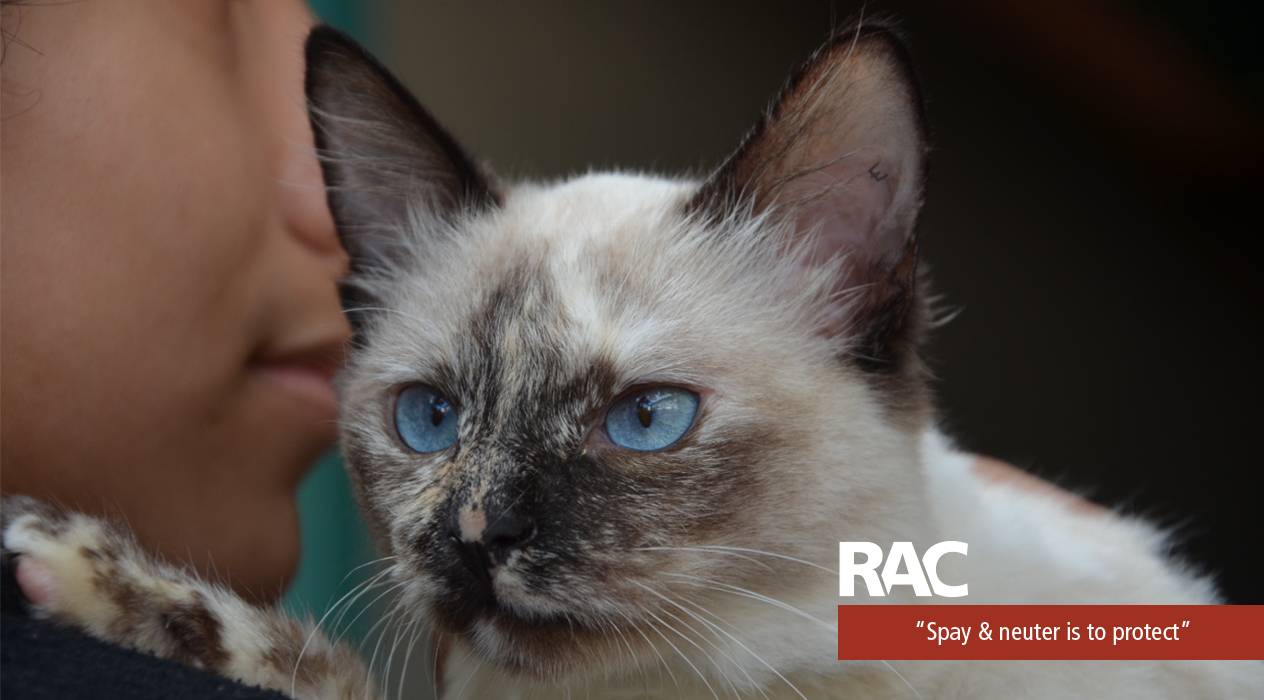Today animal tattooing is done for different reasons:
Hay lugares en el mundo donde se tatúa el animal, aunque no esté esterilizado, para identificar cuál es su criador de origen y en otros casos para ubicarlos en caso de extravío. Cada animal tiene un número alfa numérico que lo identifica con los datos de su médico veterinario, siendo un sustituto del chip. El chip es la modalidad menos usual en nuestro país y obedece a razones comerciales y de seguridad.
In our sterilization days we are presented daily with animals with totally unknown histories, the same ones that can run with the luck of reaching the offices of private veterinarians.
It is increasingly likely, due to the increased work of NGOs, protectionists and citizens concerned about abandoned animals, that the unknown animal is already sterilized but its surgical scars are not recognized, as they tend to disappear and become almost invisible, especially for animals operated at a young age. Being able to identify that an animal has been sterilized can save the lives of many others in the future, saving inputs, efforts, avoiding subjecting the animal to an intervention that will be completely useless. This is the main reason why in RAC we tattooed ALL the animals that are sterilized in our days, are these canines, felines, females, males, young, adults, mixed or of race, of street or domiciled.
My animal is domiciled, why should it be tattooed?
This is a very recurrent question and one that might make some sense at first, although the brand is quite discreet. As a high percentage of the animals that serve as pets in many homes are known, they have (unfortunately) a high turnover.
Those who remain in the same home and with the same family throughout their lives are a minority. There are many reasons for this: sudden moves, loss or misplacement due to lack of identification, births of babies for which the presence of the pet was not foreseen or considered, which ends up being given, in the best of cases, to relatives or acquaintances and the most common and worst scenario: there are many animals that are simply abandoned to their fate in an irresponsible way because they believe it is impossible to continue taking care of them.
Based on the above, the decision was made to tattoo street and domestic animals in the same way, without any exception, since among those rescued or protected there are many who at some point had a home and end up being taken to a sterilization day either by direct members or third parties (protectionists, NGOs, ordinary citizens, etc.).
At the RAC as an institution, it is incumbent upon it to generate knowledge and promote the implementation of this identification in the castrated animals by other NGOs and/or protectionists, to avoid all the negative consequences mentioned above. In this way we can all work efficiently and effectively for them. We avoid subjecting the animals to anesthesia processes that can harm or compromise their health and finally we do not waste the so necessary and scarce inputs required in the sterilization days.
Tattoos for this purpose are commonly engraved on the inner ear of the animal's right ear, which is marked while under total sedation during surgery. It is an inexpensive, visible and permanent method of identification for any person, organization or veterinarian.
When is the tattoo done?
Once the surgical procedure is finished, the animal is tattooed with indelible ink generally on the LEFT EAR with the letter "C" which identifies it as Neutered or "E" as Sterilized.
Our commitment
The RAC is tattooing RESPONSIBLY and CONSTANTLY in ALL our days to the sterilized animals since November 2011, after attending for the fourth time the training in sterilizations, massive, systematic, extended, free, comprehensive and early that is provided by the municipality of Almirante Brown, province of Buenos Aires, Argentina. It is ranked as the first non-eutanasian municipality in all of Latin America.
It is our responsibility and duty, to urge ALL NGOs, protectionists and especially veterinary doctors who somehow work and protect street animals, to join us in this simple but valuable assignment. This simple detail will allow ALL of us to work efficiently for those that are not yet identified and remain to be sterilized.

